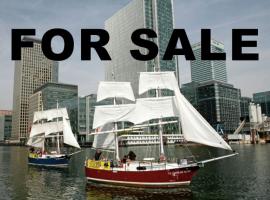 Sad news from the Little Brig Trust, which operates two very small tall-ships. The Gosport based charity has announced that after a review of operations, that it did not have the capacity to continue into 2019, and so are putting their two “little brigs” up for sale.
Sad news from the Little Brig Trust, which operates two very small tall-ships. The Gosport based charity has announced that after a review of operations, that it did not have the capacity to continue into 2019, and so are putting their two “little brigs” up for sale.
As we posted in 2010, the two 9 meter brigs, the Bob Allen and the Caroline Allen, were designed to introduce sailors as young as ten to the fun and challenges of sailing a square-rigged “tall ship.” The small tall-ships cost less to build, operate and crew than larger vessels. They are also incredibly cute. The small tall-ships were designed by British naval architect Colin Mudie.
The statement by the Trust went on to say: We are placing the Little Brigs for sale as one lot and welcome offers based on the fact they have life-rafts, life-jackets and a multitude of other items (including two working engines) we have sent a minimum reserve.
If you would like to purchase please send a bid to info@littlebrig.org and we will contact you to discuss.

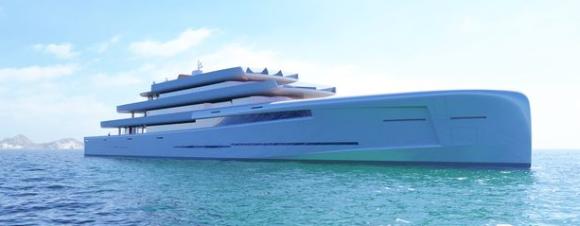 Italian boatbuilders Fincantieri and Dutch firm Van Geest Designs have developed a design of a 106 meter
Italian boatbuilders Fincantieri and Dutch firm Van Geest Designs have developed a design of a 106 meter
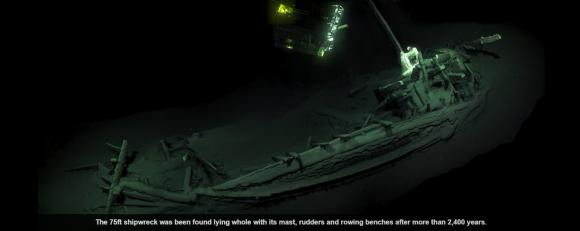 In the dark and oxygenless waters of the Black Sea two miles below the surface, a team of maritime archaeologists, scientists and surveyors has discovered what it believes to be the world’s oldest intact shipwreck. Carbon dating suggests that the wreck is more than 2,400 years ago. A remote-controlled submarine piloted by British scientists spotted the 75 foot Greek trading lying on its side about 50 miles off the coast of Bulgaria. The vessel was found lying whole with its mast, rudders and rowing benches in place.
In the dark and oxygenless waters of the Black Sea two miles below the surface, a team of maritime archaeologists, scientists and surveyors has discovered what it believes to be the world’s oldest intact shipwreck. Carbon dating suggests that the wreck is more than 2,400 years ago. A remote-controlled submarine piloted by British scientists spotted the 75 foot Greek trading lying on its side about 50 miles off the coast of Bulgaria. The vessel was found lying whole with its mast, rudders and rowing benches in place.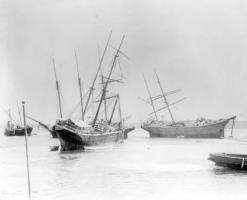
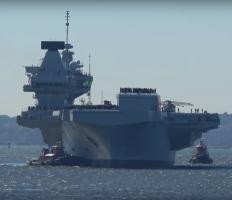 The HMS Queen Elizabeth, Great Britain’s new aircraft carrier, sailed beneath the Verrazano Bridge yesterday on a weeklong visit to New York harbor. The ship which cost £3.1 billion is 932 feet long, displaces 65,000 tonnes, and is the largest warship ever built by the Royal Navy.
The HMS Queen Elizabeth, Great Britain’s new aircraft carrier, sailed beneath the Verrazano Bridge yesterday on a weeklong visit to New York harbor. The ship which cost £3.1 billion is 932 feet long, displaces 65,000 tonnes, and is the largest warship ever built by the Royal Navy. Barrier-shattering naval engineer
Barrier-shattering naval engineer 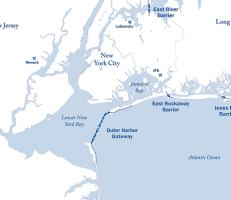 After the flooding caused by
After the flooding caused by 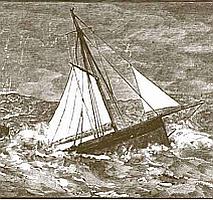 Here is another old favorite, a companion repost to yesterday’s repost of
Here is another old favorite, a companion repost to yesterday’s repost of  I am traveling this week, so it seems like a good time to repost an old blog favorite, the remarkable story of the unsinkable Hugh Williams.
I am traveling this week, so it seems like a good time to repost an old blog favorite, the remarkable story of the unsinkable Hugh Williams. On the resort beaches of the Yucatan Peninsula masses of stinking
On the resort beaches of the Yucatan Peninsula masses of stinking 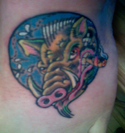


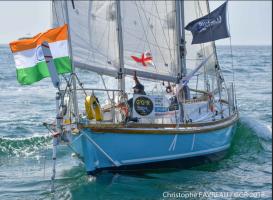 Ocean racing seems to have been taken over by boats made entirely of carbon fiber, costing slightly more than their weight in gold, as well being as festooned with foils, articulating keels and every high-tech whiz-bang device that millions of dollars can buy. There is something very appealing to the idea of reverting back to a simpler time with simpler boats and gear.
Ocean racing seems to have been taken over by boats made entirely of carbon fiber, costing slightly more than their weight in gold, as well being as festooned with foils, articulating keels and every high-tech whiz-bang device that millions of dollars can buy. There is something very appealing to the idea of reverting back to a simpler time with simpler boats and gear. 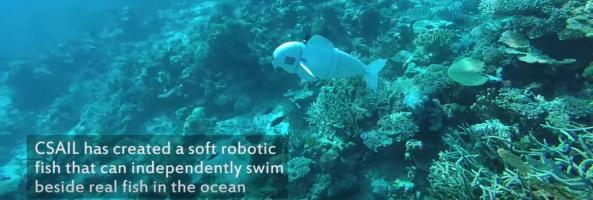 Researchers at MIT’s
Researchers at MIT’s